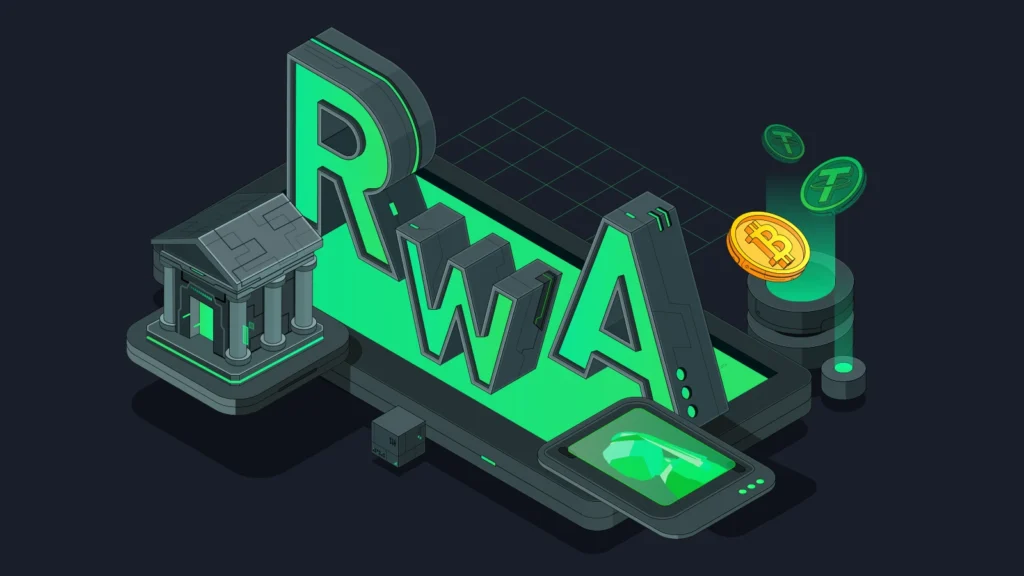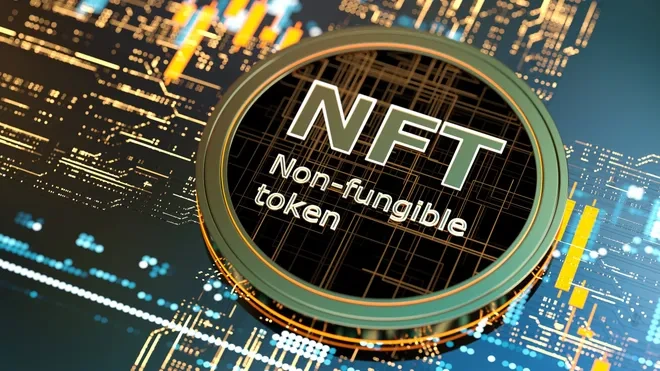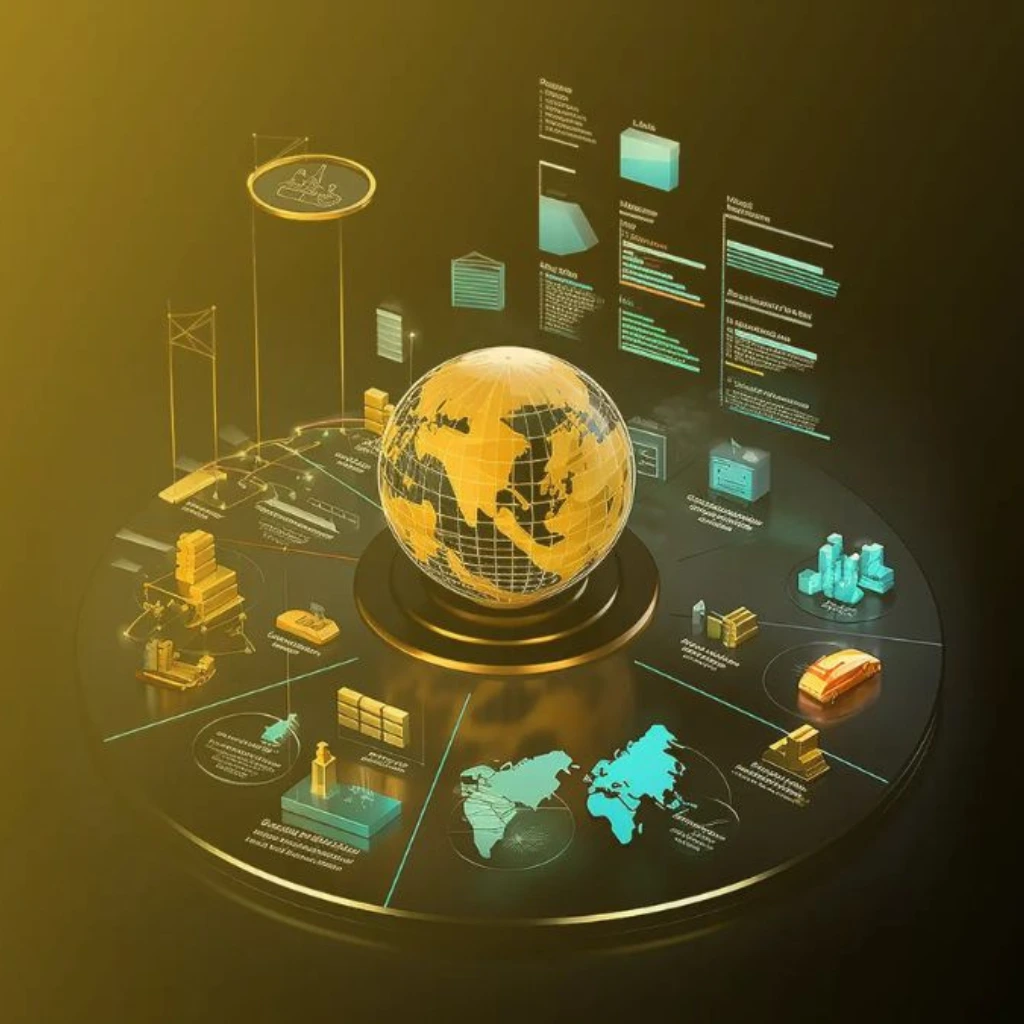RWA vs NFT: Step-by-Step Guide to Understanding the Key Differences
RWA vs NFT: A Step-by-Step How-To Guide for Figuring It Out
Let’s be honest — if you’ve ever heard someone say “RWA is the future of blockchain” and then in the same breath start raving about NFTs, you’re probably thinking… aren’t these just the same crypto stuff in different wrappers? Not quite. RWA vs NFT is one of the most important distinctions in the blockchain world right now — and if you’re serious about diving in, here’s how to get a grip on it, step by step.


Step 1: Start With the Basics of RWA vs NFT— What Do RWA and NFT Even Mean?
- RWA stands for Real-World Assets — basically, things like real estate, gold, or other physical stuff made digital.
- NFT stands for Non-Fungible Token, which is a fancy way of saying a unique digital item — think art, music, virtual goods.
The main difference? RWAs are tied to physical value, NFTs are tied to digital uniqueness.


Step 2: Understand What Each Token (RWA vs NFT) Actually Represents
- RWA tokens are backed by real-world items. If you own a piece of a tokenized property, you actually own part of that property.
- NFTs represent something one-of-a-kind — like a single artwork or a rare in-game item. But it’s not backed by a tangible asset.
You can think of RWAs like owning a slice of a skyscraper. NFTs? Owning a limited-edition digital poster of that skyscraper.
Step 3: Learn How Ownership Works
- With RWA, you typically get a stake in something real — often fractional ownership. You might legally own 1/1000 of a physical painting.
- With NFTs, you own the token itself — but not always the rights to the artwork or media it links to (yep, confusing).
Step 4: Compare Liquidity and Tradability
- RWA tokens can be traded more efficiently than traditional assets — but they still rely on legal systems, regulations, and custody platforms.
- NFTs can be traded instantly on marketplaces like OpenSea — but their value is highly speculative and often volatile.
RWAs are more “investor-grade.” NFTs are more “internet culture meets collectibles.”
Step 5: Consider the Tech & Legal Layers
Both use blockchain — but how they use it is different:
- RWAs require heavy-duty legal infrastructure: think audits, contracts, custody agreements. They’re bridging traditional finance with Web3.
- NFTs rely on blockchain authenticity. The token proves ownership and originality, making it impossible to duplicate (in theory, anyway).
So, if RWAs are the grown-up professionals of blockchain, NFTs are the experimental artists.
Step 6: Think About the Risks
RWAs:
- Regulatory uncertainty is real. Laws differ across countries.
- If the real-world asset tanks, so does your token.
NFTs:
- Highly speculative, very trend-driven.
- Scams, rug pulls, and fakes are still common.
- No intrinsic value if the project dies or the hype fades.
In short: RWAs = tied to real risk. NFTs = tied to hype risk.

Step 7: Choose Based on Your Goals
- Want to invest in tangible things like property or commodities — digitally? Go RWA.
- Want to express yourself online, collect rare digital stuff, or support an artist? Try NFTs.
Some say RWAs might bring Wall Street to the blockchain. NFTs? They’ve already created an entire digital subculture.
Final Step: Ask Yourself — What Does Value Mean to You?
That’s the real heart of the RWA vs NFT question. Both live on blockchain. Both involve tokens. But they’re not the same game at all.
- RWAs bring traditional value into the crypto world.
- NFTs create new types of digital value from scratch.
So whether you’re in it for long-term investment or digital street cred, knowing the difference helps you navigate smarter.
And hey, if you’re still not sure? That’s totally fine. This space changes fast — but understanding the basics of RWA vs NFT is a great place to start.
Relevant Link : Here




